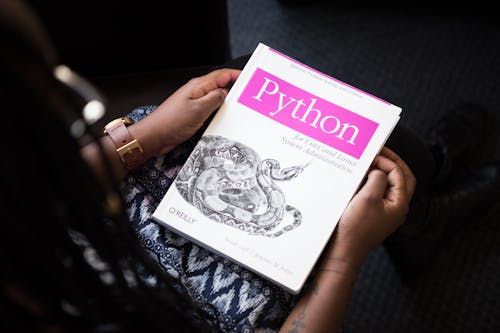Python has become the go-to language for Artificial Intelligence. Its simplicity, rich libraries, and active community make it ideal for building everything from smart assistants to self-driving cars. In this blog, we explore why Python dominates the AI world and how beginners can get started.
🤖 Why Python for AI?
Python’s readable syntax and flexibility make it perfect for rapid AI development. Unlike complex programming languages, Python lets developers focus more on solving problems than writing code.
📚 Key Python Libraries for AI
Python has a strong ecosystem of libraries that simplify AI programming:
NumPy – Fast math operations and arrays
Pandas – Data handling and analysis
TensorFlow & PyTorch – Deep learning frameworks
Scikit-learn – Classic machine learning models
OpenCV – Computer vision and image recognition
These tools allow you to build everything from chatbots to facial recognition systems.
🧠 Applications of Python in AI
Python powers many AI-based innovations across industries:
Healthcare – Disease prediction, medical imaging
Finance – Fraud detection, algorithmic trading
Retail – Personalized recommendations, customer behavior analysis
Transportation – Self-driving cars, route optimization
Customer Service – Virtual assistants and chatbots
🚀 Getting Started with Python for AI
Want to build your own AI project? Here’s how to begin:
Learn Python Basics – Start with syntax, data types, and functions.
Master Math & Stats – Focus on linear algebra and probability.
Practice with Real Data – Use datasets from Kaggle or UCI.
Build Projects – Try spam filters, sentiment analysis, or image classifiers.
Explore Deep Learning – Get hands-on with TensorFlow or PyTorch.
🌐 Final Thoughts
Python is more than just a coding language—it’s the foundation of modern AI. Whether you’re a beginner or an expert, learning Python opens doors to countless AI possibilities. Start small, keep building, and you could be the next innovator shaping the future with intelligent technology.






